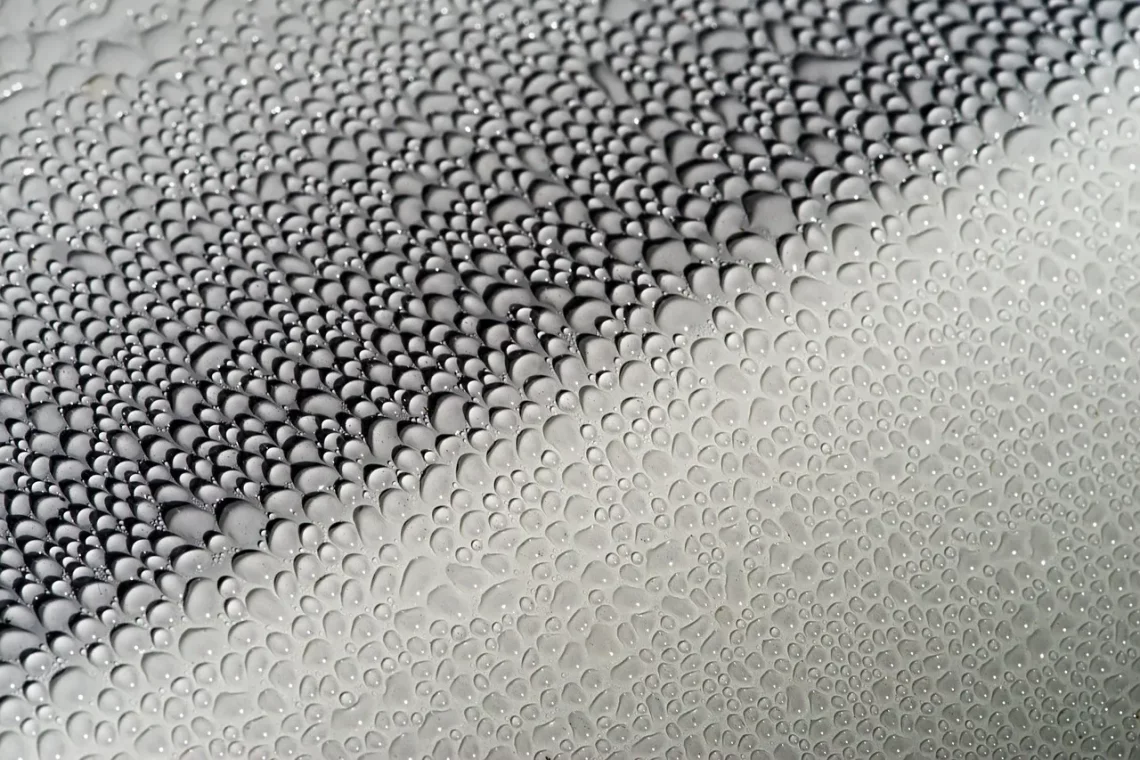
The Art of La Cera: Exploring Wax Techniques and Benefits
The intricate world of wax techniques, known as “La Cera,” is a captivating blend of artistry and craftsmanship that has been cherished for centuries. From the ancient Egyptians who used wax for mummification and sculpting to modern-day artisans creating stunning wax art, this versatile medium has evolved dramatically. Wax not only serves as a creative outlet but also offers many practical applications across various fields, including art, cosmetics, and even food preservation.
The tactile nature of wax invites artists and hobbyists alike to explore its potential in a multitude of ways. Its ability to be molded, carved, and painted makes it a favorite among sculptors and crafters. Additionally, the unique properties of wax allow for innovative techniques that can be tailored to suit individual styles and preferences. As we delve deeper into the art of La Cera, we will uncover the diverse techniques employed by artisans, the benefits of using wax, and how it continues to inspire creativity across generations.
The Techniques of Wax Artistry
Wax artistry encompasses a variety of techniques that artists can employ to create unique and stunning pieces. One of the most popular methods is encaustic painting, where pigment is mixed with heated wax and applied to a surface. This ancient technique allows for vibrant colors and a rich texture that can be layered for depth. Artists can manipulate the wax while it’s hot, creating mesmerizing patterns and forms that are difficult to achieve with traditional paint.
Another fascinating technique is wax carving, where artists use tools to carve intricate designs into blocks of wax. This method is particularly popular in jewelry making, where detailed patterns can be created to form unique pieces. Once the wax model is complete, it can be used for casting in metals, allowing for a seamless transition from one medium to another.
In addition to these techniques, there is also the practice of wax modeling, which involves shaping wax into three-dimensional forms. This method is often used in the creation of lifelike sculptures or prototypes for various industries, including film and animation. The flexibility of wax allows artists to create delicate features and intricate details that capture the essence of their subjects.
Furthermore, there’s the use of wax in mixed media art, where artists combine wax with other materials like paper, wood, or fabric. This technique can result in dynamic and textured works that push the boundaries of traditional art forms. The interplay between wax and other mediums creates unique visual and tactile experiences for the viewer.
Overall, the techniques employed in wax artistry are as diverse as the artists themselves. Each method offers a different approach to creativity, allowing for endless possibilities and exploration within this captivating medium.
The Benefits of Using Wax in Art
The use of wax in artistic practices provides a range of benefits that make it a favored choice among artists. One significant advantage is the versatility of wax as a medium. It can be melted, shaped, and layered, allowing for a wide array of techniques and styles. This adaptability means that artists can experiment freely, developing their unique voice and methods.
Moreover, wax possesses unique properties that enhance the artistic process. Its ability to retain heat allows for manipulation and blending that can create stunning effects. Artists can easily work with the material while it is warm, making it easier to achieve desired textures and patterns. The quick-drying nature of wax also allows for rapid layering, enabling artists to build complexity in their work without long waiting times.
Another compelling benefit of using wax is its durability. Once set, wax can withstand various environmental conditions, making it suitable for both indoor and outdoor displays. This resilience means that works created with wax can last for years, maintaining their vibrancy and integrity over time.
Additionally, wax is a non-toxic material, making it a safe choice for artists of all ages. This characteristic opens up the world of wax techniques to younger artists and hobbyists, fostering creativity and artistic expression from an early age.
From a practical standpoint, wax can also be utilized in various applications beyond traditional art. For example, wax is used in the cosmetics industry for creating products like lip balms and candles, showcasing its versatility beyond just artistic endeavors.
In summary, the benefits of using wax in art are manifold, offering artists a unique, versatile, and durable medium to express their creativity. This adaptability ensures that wax will continue to be a vital part of the artistic landscape for years to come.
The Evolution of Wax Techniques Throughout History
The history of wax techniques is a testament to human creativity and ingenuity, stretching back thousands of years. The earliest known use of wax dates to ancient civilizations, where it was employed for various purposes, including writing and sculpting. The Romans, for instance, used wax tablets for note-taking, while artisans crafted intricate wax figures for religious and ceremonial purposes.
As time progressed, the use of wax in art evolved significantly. The Renaissance period saw a resurgence in the popularity of wax modeling, particularly in Italy, where artists like Antonio Correggio experimented with wax to create lifelike sculptures. This era marked a turning point in the appreciation of wax as a legitimate artistic medium, paving the way for future generations of artists.
In the 19th century, the advent of new tools and materials revolutionized the wax art scene. The introduction of encaustic painting techniques allowed for a new level of complexity and vibrancy in artworks. Artists began to explore the interplay of wax with color and texture, leading to the development of contemporary wax techniques that continue to inspire today.
The 20th century brought further innovations in the field. Artists like Jasper Johns and Robert Rauschenberg incorporated wax into their mixed media works, pushing the boundaries of traditional art forms. The combination of wax with other materials created dynamic pieces that challenged viewers’ perceptions of art.
Today, wax techniques continue to evolve as artists experiment with new approaches, blending traditional methods with modern technology. The rise of social media platforms has also allowed for the sharing of techniques and ideas, fostering a global community of wax artists who inspire one another and push the medium’s boundaries.
As we look at the evolution of wax techniques throughout history, it’s clear that this medium has played a significant role in the artistic narrative, adapting and transforming to reflect cultural shifts and technological advancements.
Creating with Wax: Tips for Beginners
For those interested in exploring wax as a creative medium, there are several tips and techniques that can help beginners get started. First and foremost, it’s important to choose the right type of wax. There are various options available, including beeswax, paraffin, and microcrystalline wax, each with unique properties and uses. Beeswax is often favored for its natural qualities and pleasant scent, while paraffin is more commonly used for encaustic painting.
Once you’ve selected your wax, gather the necessary tools. Basic tools for working with wax include heat sources, such as a heat gun or a warming plate, as well as sculpting and carving tools. Investing in high-quality tools can make a significant difference in the ease and quality of your work.
A good starting point is to experiment with melting and layering wax. This process allows you to understand the material better and explore how different temperatures affect the wax’s behavior. Try applying different colors of wax in layers, allowing each layer to cool before adding the next. This technique can create beautiful depth and dimension in your artwork.
Additionally, consider incorporating mixed media into your wax projects. Combining wax with other materials like paper, fabric, or wood can open up new creative avenues and enhance your work’s visual interest.
Finally, don’t be afraid to make mistakes. Wax is a forgiving medium that can be reheated and reshaped, allowing for exploration and experimentation. Embrace the process, and let your creativity flow freely.
In conclusion, the art of La Cera offers a rich and rewarding experience for artists and hobbyists alike. With its diverse techniques, benefits, and historical significance, wax remains a vital medium for creative expression.
**Disclaimer**: This article is not intended as medical advice. For any health-related issues or concerns, please consult a qualified healthcare professional.




